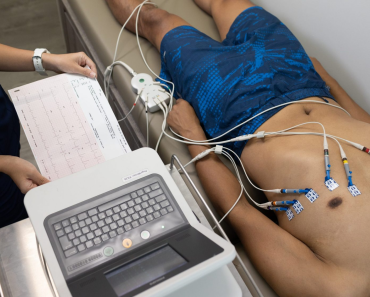In the dynamic world of forex trading, where billions of dollars exchange hands every day across global markets, traders employ a variety of strategies to make informed decisions. One such strategy, technical analysis, has emerged as a powerful tool for predicting price movements and identifying trading opportunities. In this article, we delve into the realm of technical analysis, forex robot exploring its principles, methodologies, and profound influence on the forex market.
Understanding Technical Analysis
Technical analysis is a method of evaluating securities by analyzing statistical trends gathered from trading activity, such as price movement and volume. Unlike fundamental analysis, which focuses on economic factors and company performance, technical analysis relies solely on historical price and volume data. The underlying principle is that market movements are not entirely random and that past price movements can provide insights into future price direction.
At the core of technical analysis are charts, which display price and volume data over time. Traders use various tools and techniques to interpret these charts and identify patterns that may indicate potential trading opportunities. Some of the commonly used technical indicators include moving averages, oscillators, support and resistance levels, and trend lines.
The Role of Technical Analysis in Forex Trading
In the forex market, where currencies are traded in pairs and price movements are influenced by a multitude of factors, technical analysis plays a crucial role in guiding trading decisions. Here’s how technical analysis influences forex trading:
Price Patterns and Trends
Technical analysts study price patterns and trends to identify potential entry and exit points. They look for patterns such as head and shoulders, triangles, flags, and channels, which may indicate the continuation or reversal of trends. By recognizing these patterns early, traders can position themselves to capitalize on price movements.
Support and Resistance Levels
Support and resistance levels are key concepts in technical analysis. Support represents a price level where buying interest is strong enough to prevent the price from declining further, while resistance is a price level where selling pressure halts upward movement. Traders use these levels to set stop-loss orders, take-profit targets, and identify potential reversal points.
Momentum Indicators
Momentum indicators, such as the Relative Strength Index (RSI) and the Moving Average Convergence Divergence (MACD), help traders gauge the strength and direction of price trends. These indicators measure the speed and magnitude of price movements, allowing traders to identify overbought or oversold conditions and anticipate trend reversals.
Volatility Analysis
Volatility is a measure of the rate and magnitude of price fluctuations. Technical analysts use volatility indicators to assess market sentiment and predict future price movements. High volatility may indicate uncertainty and potential trading opportunities, while low volatility may signal market consolidation or impending trend reversals.
Risk Management
Risk management is a critical aspect of forex trading, and technical analysis plays a vital role in managing risk. Traders use technical indicators to determine optimal entry and exit points, set stop-loss orders to limit potential losses and calculate position sizes based on risk tolerance and market conditions.
Criticisms and Limitations
While technical analysis has proven to be a valuable tool for many traders, it is not without its criticisms and limitations. Critics argue that technical analysis is subjective, prone to interpretation bias, and lacks predictive power. They contend that past price movements do not necessarily reflect future price direction and that relying solely on technical indicators may lead to erroneous trading decisions.
Furthermore, technical analysis does not account for fundamental factors that may influence currency prices, such as economic data releases, geopolitical events, and central bank policies. As a result, some traders prefer to combine technical analysis with fundamental analysis to gain a more comprehensive understanding of market dynamics.
Conclusion
In conclusion, technical analysis plays a significant role in forex trading by providing traders with valuable insights into price movements and market trends. By analyzing historical price and volume data, traders can identify patterns, trends, and trading opportunities, helping them make informed decisions and manage risk effectively.
While technical analysis has its limitations and critics, it remains a popular and widely used approach among forex traders worldwide. Whether used alone or in conjunction with other analytical methods, technical analysis continues to shape the way traders navigate the complex and ever-changing forex market landscape.





